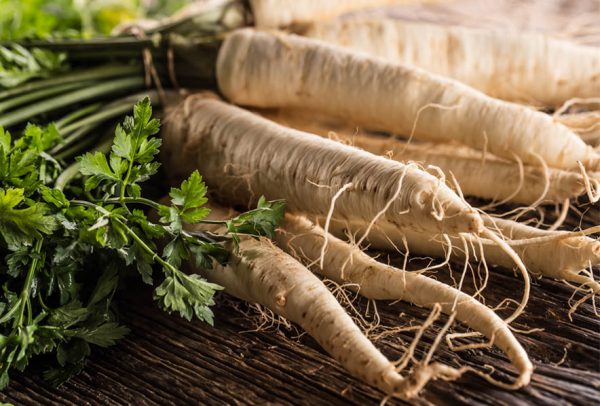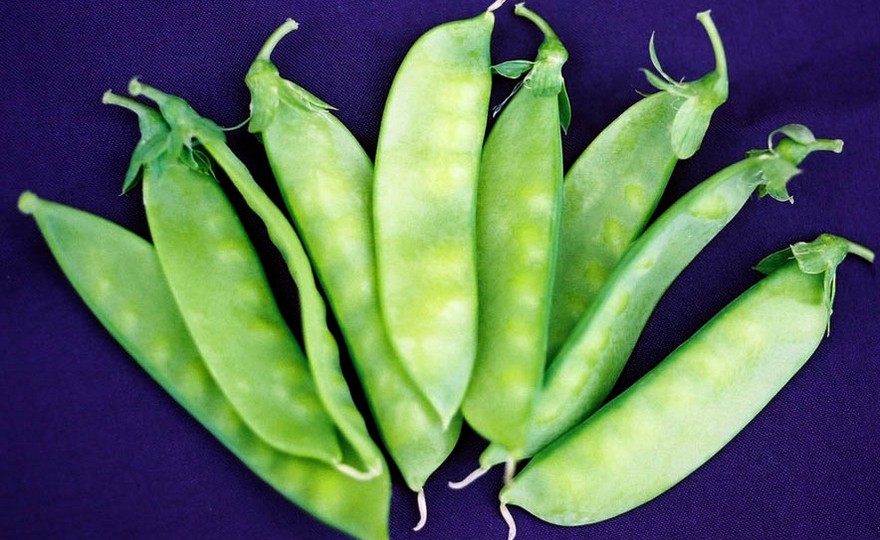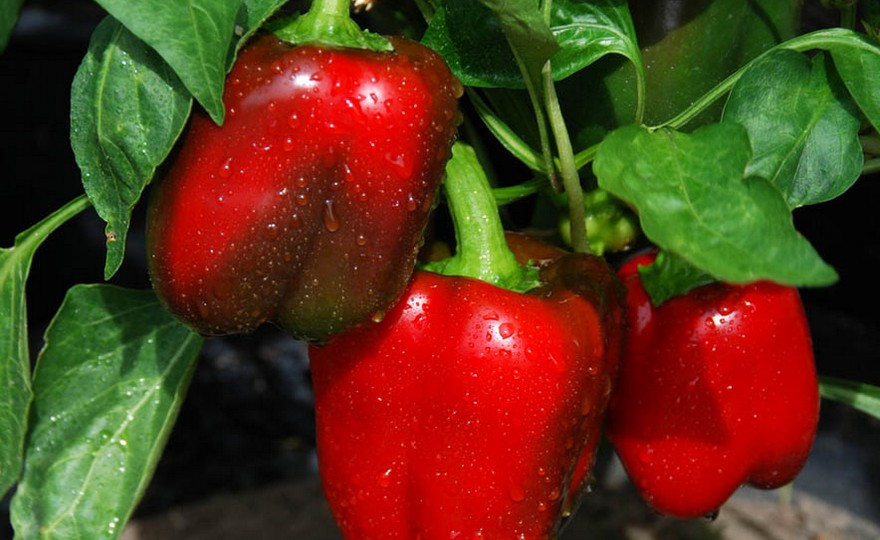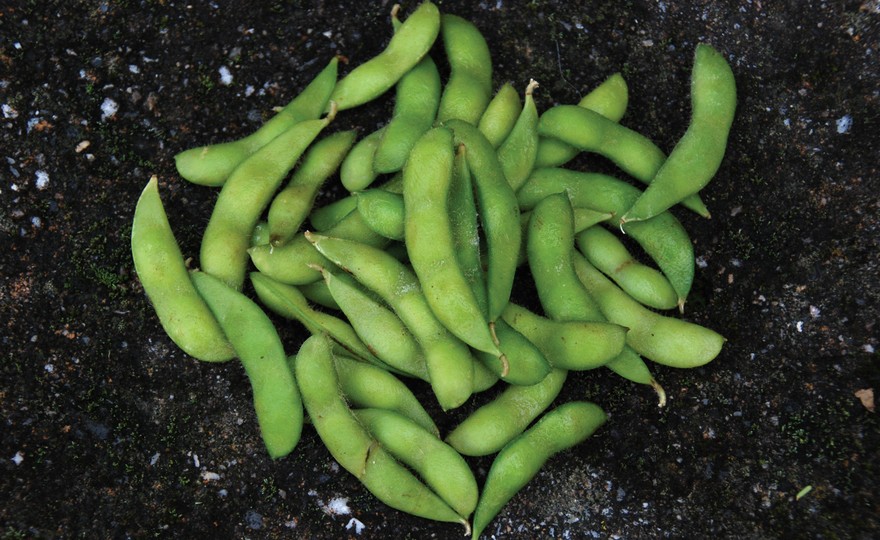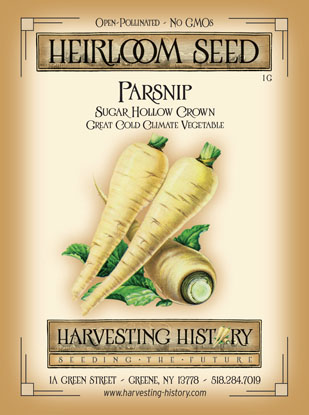
Parsnip, Sugar Hollow Crown
-
- **SOLD OUT** HOLIDAY GIFTS **SOLD OUT**
- **SOLD OUT** Holiday Books **SOLD OUT**
- **SOLD OUT** Holiday Citrus **SOLD OUT**
- **SOLD OUT** Holiday Gift Certificates **SOLD OUT**
- **SOLD OUT** Holiday Paperwhites **SOLD OUT**
- **SOLD OUT** Holiday Praying Mantis Kits **SOLD OUT**
- **SOLD OUT** Holiday Tools **SOLD OUT**
- **SOLD OUT** Holiday Wildflower Mixtures **SOLD OUT**
- Citrus Trees
- **SOLD OUT** - Vegetable and Herb Plants - Mix & Match any 6 Plants for $50 - Only Shipped in Quantities of 6
- Elephant Ear Plants & Roots
- **SOLD OUT** 4-Inch Pot Herb Plants **SOLD OUT**
- Rare Plants
- **SOLD OUT** Vining Plants **SOLD OUT**
- Asian Seeds
- Beneficial Bugs
- Books
- Citrus Fertilizers
- Cold-Treated Bulbs - SEE BULBS FOR FALL PLANTING TO ORDER
- Cold-Treated Allium
- Cold-Treated Chionodoxa
- Cold-Treated Crocus
- Cold-Treated Hyacinthoides
- Cold-Treated Hyacinthus Orientalis
- Cold-Treated Narcissus
- Cold-Treated Cyclamineus Narcissus
- Cold-Treated Double Heirloom Narcissus
- Cold-Treated Jonquilla Narcissus
- Cold-Treated Large Cupped Narcissus
- Cold-Treated Poeticus Narcissus
- Cold-Treated Small Cupped Narcissus
- Cold-Treated Species Miniature Narcissus
- Cold-Treated Split Cupped Narcissus
- Cold-Treated Tazetta Narcissus
- Cold-Treated Triandus Narcissus
- Cold-Treated Trumpet Daffodils
- Cold-Treated Ornithogalum
- Cold-Treated Rock Garden Iris
- Cold-Treated Scilla
- Cold-Treated Tulips
- Cold-Treated Emperor Tulips
- Cold-Treated Fringed Tulips
- Cold-Treated Green or Viridiflora Tulips
- Cold-Treated Lily Flowering Tulips
- Cold-Treated Parrot Tulips
- Cold-Treated Peony Flowering Tulips
- Cold-Treated Single Early Tulips
- Cold-Treated Single Late Tulips
- Cold-Treated Species Tulips
- Cold-Treated Triumph Tulips
- Flower Bulbs, Corms and Tubers
- Bulbs for Spring Planting
- Bulbs for Fall Planting - ALL BULBS AVAILABLE ARE COLD TREATED FOR PLANTING AS SOON AS SOIL CAN BE WORKED
- Fall Blooming Bulbs
- Garden Tools & Equipment
- Gift Certificates
- HHH Exclusive Wildflower Mixtures
- Wildflower Mixtures
- Heirloom Garlic
- Potatoes
- Roots & Sets
- Seeds
- Flowers
- Herbs
- Vegetables
- **SOLD OUT** HOLIDAY GIFTS **SOLD OUT**
-
- No products to compare
-
75 in stock
Quick Overview
PARSNIP, Sugar Hollow Crown –
Pastinaca sativa
FULL SUN Native to Europe where they have been cultivated for centuries, parsnips were brought to the US by the first colonists in 1609. They are a much beloved vegetable in England, and they have become popular with northern vegetable gardeners in the US. Introduced in 1850, Sugar Hollow Crown is still the most widely grown parsnip in the US. The creamy white roots are 10-15 in. long, 3 in. wide, and tapered. Flesh is creamy white, very sweet, fine grained, extremely frost hardy. Excellent storage. Sugar Hollow Crown can be sown in the early spring for a fall-winter crop and in early fall for a following year spring crop. In the spring, plant as soon as the ground can be worked. Soil should be deeply spaded before planting and amended with bone meal for stronger root development and lime to sweeten the parsnips. Rows should be 18 in. apart. When seedlings are 2 in. high, thin, leaving 4 in. between plants.
Parsnips need exposure to frosts to sweeten, so do not harvest until after a few frosts.
| Type | Spacing | Planting Depth | Days to Germination | Maturity |
| Parsnip | 4 in. | 1/2 in. | 21+ | 120 |

Parsnip, Sugar Hollow Crown
Parsnips have been cultivated for their sweet roots since ancient times. The Romans frequently grew the vegetables. In fact, Emperor Tiberius adored parsnips and, every year, had them brought from France where the colder climate allowed the roots to develop a sweeter flavor. The British are particularly fond of parsnips. It was British colonists that introduced the vegetable into the New World in 1609. Parsnips are native to Europe, but they have been introduced throughout the world, and because they are so hardy, they now grow wild having escaped from cultivated gardens in many areas. The parsnip requires a long growing season, but the distinctive sweet flavor of the root will only develop after a hard frost. Though the parsnip is grown in the southern part of the United States, it has become a favorite of cold climate gardeners. Because it is one of the hardiest vegetables, it can overwinter easily with careful mulching.

